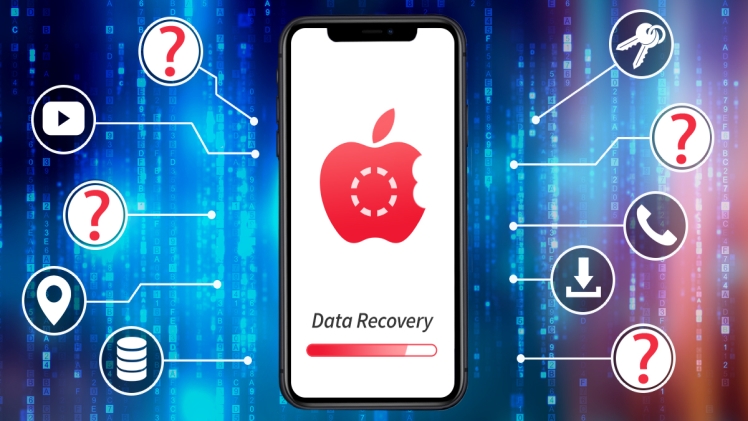Your iPhone can store lots of different types of data, including apps, photos, videos, sound clips, and even documents. This powerful little device is still very prone to being damaged and losing data, despite its size. Here are a few helpful tips for iphone recovery on how to retrieve lost data on your iPhone if you find yourself in an unfortunate situation.
Recovery of lost iPhone data can be accomplished in two ways:
- There is the do-it-yourself option and the option to hire a professional and spend lots of money. You’ll need to scan your system first so you can see what files are on your iPhone if you are still able to connect. Use recover4All Pro v 2.26 which I recommend. It was free and available online as of the last time I checked. It may take up to three hours for the full scan, so it would be best if you connected the iPhone to your computer, loaded up the software, and waited.
- Click the “summary” tab in iTunes, then click “restore” once the scan is complete. You will be prompted to confirm your intention to restore your previous settings. When iTunes syncs your iPhone again, it will sync all the files you saved last time. You have an easier way out; if your phone is not working and you are unable to connect, you have a more serious problem.
- The first thing I would recommend doing when an iPhone is damaged is taking it to your local Apple store. See if the techs can assist you in recovering your data for free. Based on my experience, they can sometimes help and sometimes they can’t. Your chances of getting free assistance are good. It may cost you hundreds of dollars to hire a data recovery services company if you don’t have permission to access the files.
- With regard to recovering data from mobile phones and flash drives, there are two main techniques. Although both of these methods work on NAND memory chips, they offer data recovery engineers different ways to examine data at a low level. Memory chips are used in mobile phones, flash storage, and solid-state drives to store information, as opposed to rotating platters and heads used in hard disk drives.
- Data recovery software can be generic when it comes to hard disk drives because all of them tend to use a similar method to store data. On the other hand, flash devices differ greatly in terms of data formats, file structures, algorithms, memory types, configurations, and extraction methods. Hence, the only way to obtain a bit-for-bit copy of raw data is by directly interrogating the memory chips, bypassing the operating system in the process. JTAG technology and chip-off will help in this situation. visit the site f95zone
The first approach is chip-off
It involves disordering the memory chip from the circuitry. The chip must be removed from the device with precision under a microscope in order to prevent permanent data loss should any mistakes be made. It can be read using data extractors after the chip has been removed. SD cards and iPhones typically use NAND chips, which are much easier to read than other types of chips. Because the pins and architecture of the memory have been standardized, this is the case. Connectors do not need to be rebuilt because the pins are located on the outside. The BGA chip, for example, has numerous connectors on the underside that are connected directly to the motherboard and are therefore much harder to remove.
JTAG is a second technique that does not require chip removal
It is sometimes possible for data recovery engineers to access memory via JTAG ports. Rather than damaging the media, this is a much longer and more involved process. In this manner, forensic evidence can usually be kept usable, which is important in some investigations. In addition to not always being successful, this method can also pose a greater risk. click here youtube to mp3 converter

